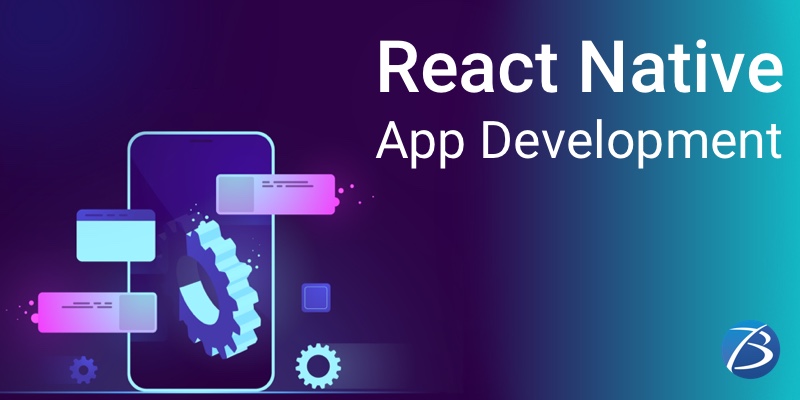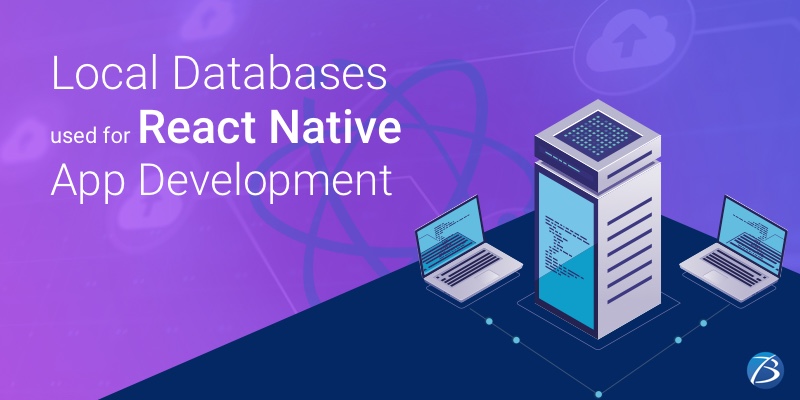Why React Native Is A Leading Choice For App Development Over Hybrid Apps


While developing mobile apps, most businesses wish for high-performing apps that are built faster and at minimal costs. But, the availability of numerous outstanding technologies causes dilemmas when choosing the right app development framework. Also, it becomes difficult to maintain a balance between opting for top-quality app development and affordable costs. In this regard, the two most popular approaches are ‘Hybrid app development’ and ‘React Native app development’. And, the decision on whether to go for hybrid apps or React Native apps is the most popular topic of debate.
Several businesses go for hybrid mobile app creation thinking that it meets their requirement. No doubt it offers advantages like:
- Faster development in a cost-efficient manner.
- Wider reach at once.
- Offline support.
- Ease of integration with the cloud.
But, before investing in hybrid apps, businesses must also look at the drawbacks associated with them.
Drawbacks Of Hybrid Apps
Unsatisfactory Performance:
These apps crash several times. Also, these introduce an extra layer between the targeted mobile platform and the source code which ultimately deteriorates their performance.
Unappealing User Interface:
The first impression is the best impression. Hybrid apps visible on the app store do not entice the user because they have a very dull look and appear like web apps on the android and iOS platforms. Owing to lesser clarity, users tend to avoid downloading such apps.
Below-average User-experience:
The UX of the modern-day apps is impeccable and highly captivating. But a hybrid mobile app fails to match this raised bar of UX in the apps. They have sluggish graphics, limited animation, keyboard malfunction, and the absence of platform-specific features that contribute to poor user experience. This could be the probable reason why Facebook switched from HTML5 to React Native.
Debugging Issues:
As discussed previously, the additional layer between the platform and the code of hybrid apps makes the debugging process lengthy and complex. The developers have to rely on the framework to make modifications to the targeted OS. Also, since the developers may not have a thorough knowledge of the target platform, detecting issues in these apps becomes highly time-consuming.
Limitations while upgrading to Latest Features:
To stay competitive, it is essential for modern-day apps to embed new features and upcoming software capabilities. But in hybrid mobile apps, this process is extremely difficult and troublesome.
With such disadvantages, it can become highly impossible to develop attractive, engaging, and robust apps while maintaining cost-effectiveness. At this time, the usage of React Native for app development comes into the picture.
Let’s take a look at how React Native apps fare better than Hybrid apps!
Key Benefits offered by React Native App Development

Native-like Functionality and Appearance:
The platform components used in React Native applications are similar to those in native Android or iOS apps. So, the cross-platform apps created in React Native have a native-like look and feel and perform better as compared to Hybrid apps. Hybrid apps are like a web view with a native container wrapped around them. They are not smooth and fast. On any operative device, hybrid apps run and behave like web apps.
Code-reusability for Time and Cost-efficient Development:
The benefits of React Native as a cross-platform app development framework are known to all. This framework allows the sharing of a single code-base across multiple platforms, so it is possible to create top-grade apps in half the time when compared with native apps, thereby being more cost-effective. Hybrid apps, on the other hand, use age-old frameworks that require more time for development.
‘Ready-made’ Components and Third-party plugins:
React Native has a reusable component-specific structure. So, the developers do not need to write code for these components from scratch. Comparatively, hybrid apps have a WebView component that is getting outdated gradually. Also, React Native offers a host of amazing third-party libraries with pragmatic interfaces and flexible customization options.
ReactJS’s Programming Model:
React Native is nothing but a JavaScript framework at its core and makes use of the programming model of ReactJS. As a result, the React Native developers utilize the same conceptual framework used by React developers.
Attractive and Efficient User Interface:
React Native is much more exclusive and versatile as compared to other JavaScript frameworks like Angular and React. Due to the asynchronous JavaScript connections, the resulting user interface of React Native becomes highly responsive and native-like. It has a smooth feel with faster loading times and looks much better visually as compared to hybrid apps.
A rich Open-source Ecosystem and Vibrant Community Support:
This framework is open-source and has a rich open-source ecosystem for knowledge sharing and external integration. It is backed by a strong community and talented developers worldwide contributing to its progress. Big players like Facebook, GitHub, Callstack, Software Mansion, Microsoft, Infinite Red, etc. support this framework.
Used by several Industry Giants:
Above all, this cross-platform framework supports big leaders like Instagram, Facebook, Tesla, Walmart, Bloomberg, etc. It is being adopted for varied applications by diverse industries and this fact speaks for the popularity of React Native.
Other Technical Merits:
The below-mentioned features simplify the coding efforts and also make the testing of React Native apps easier.
- It has a modular architecture that helps to divide the code functions into free and interchangeable modules; thereby speeding up the development process.
- The ‘Hot-reload’ feature is another great feature of this framework. Any modification in the code immediately reflects in the apps, even while the apps are running. It reduces the wait times and allows the implementation of any feedback with ease.
- The declarative coding style in React Native makes the processes of reading and understanding the code much easier. It enables even new developers with basic knowledge of JavaScript to grasp the coding of this framework.
- It allows for easy migration
Concluding Note:
With this, we come to the end of this blog. We understood how apps developed in React Native have unparalleled quality and performance as compared to hybrid apps. React Native development has undoubtedly overshadowed hybrid app development. The apps built in React Native are stable and reliable. Also, it is a cost-effective technology for cross-platform mobile app creation. Needless to say, this technology is already popular, and React Native app development services have immense potential to develop profitable applications. So, if you were thinking of hiring a hybrid app company, for your next project, it’s high time to reconsider your decision.



